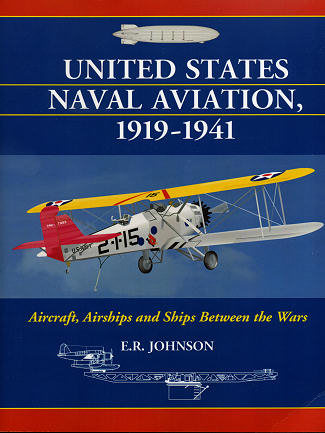 The
time between WWI and WWII was an interesting and somewhat frustrating time for
military aviation. Aircraft design has exploded thanks to the needs of war in
WWI, but post war, things quickly slowed down as the need was no longer there,
thanks to a huge surplus of aircraft and equipment.
The
time between WWI and WWII was an interesting and somewhat frustrating time for
military aviation. Aircraft design has exploded thanks to the needs of war in
WWI, but post war, things quickly slowed down as the need was no longer there,
thanks to a huge surplus of aircraft and equipment.
Military planners are always looking to the next war and
when it came to naval aviation, it was obvious that more could be done in the
arena of aviation. WWI was primarily a land war and so the use of aircraft with
the fleet was very much still in its infancy. It was envisioned that aircraft
would be used as a scouting force for the fleet as well as used to carry
torpedoes and bombs to sink enemy ships. This was pretty much theory in the US
Navy as there was no US carrier and no capital ships carried scouting float
planes.
The 20's and 30's were a time of experimentation. First
with the Langley, a converted coal ship that was the US Navy's first aircraft
carrier, and later with more conventional aircraft carriers; the Lexington and
Saratoga. Submarine launched aircraft were also tried during this period as was
the thought of launching aircraft from dirigibles. Only the aircraft carrier
came through these years of testing as a viable offensive weapon, even though
most of the US Navy's decision and policy makers felt that the battleship was
the main fighting platform. This outlook was soon to change after the American
entrance into WWII, but that is beyond the scope of this book.
Author E.R. Johnson has put together what is probably
the best book I've yet read on US Naval aviation between the wars. Every
aircraft tested, every dirigible flown, every class of blimp and every ship that
carried an aircraft is covered in this most comprehensive work.
Due to the sheer number of entries, some are covered in
detail, while others have just too much history behind them to be fully covered
(Such as the Wildcat or Corsair).Cutting off entries at the start of WWII in
late 1941 is a great way to deal with the subjects in hand. The book is divided
into several sections, each one covering a specific aircraft type. Just to
mention them, they are attack aircraft, fighters, observation and scout, patrol,
and finally trainers, transport and utility aircraft. Each entry has stats on
the aircraft, a four-view, photo and history of the aircraft in question. This
format extends to the other major sections with lighter than air craft
(dirigibles and blimps) as well as the ships that carried aircraft (aircraft
carriers, battleships, cruisers and so forth).
In addition to this huge number of entries, there are
sections on foreign aircraft used by the Navy as well as racing aircraft, for
the Navy was involved in this aspect of aviation in the early/mid 1920s. Other
appendices include one on terms, status of aircraft, the numbering system and
more. Icing on the cake is the inclusion of 40 full color profiles.
The book is a fascinating read and a superb resource for
anyone interested in aviation in general and US aviation in particular. It is a
book that I found to be a great read and I know it will become a much used
resource. I give it my highest recommendation.
June 2011
Review book courtesy of
McFarland Publishing.
Visit the link or call 1-800-253-2187 for your copy. Available August 2011.
If you would like your product reviewed fairly and fairly quickly, please contact the editor or see other details in the
Note to
Contributors.
Back to the Book Index
Back to the Main Page
 The
time between WWI and WWII was an interesting and somewhat frustrating time for
military aviation. Aircraft design has exploded thanks to the needs of war in
WWI, but post war, things quickly slowed down as the need was no longer there,
thanks to a huge surplus of aircraft and equipment.
The
time between WWI and WWII was an interesting and somewhat frustrating time for
military aviation. Aircraft design has exploded thanks to the needs of war in
WWI, but post war, things quickly slowed down as the need was no longer there,
thanks to a huge surplus of aircraft and equipment.